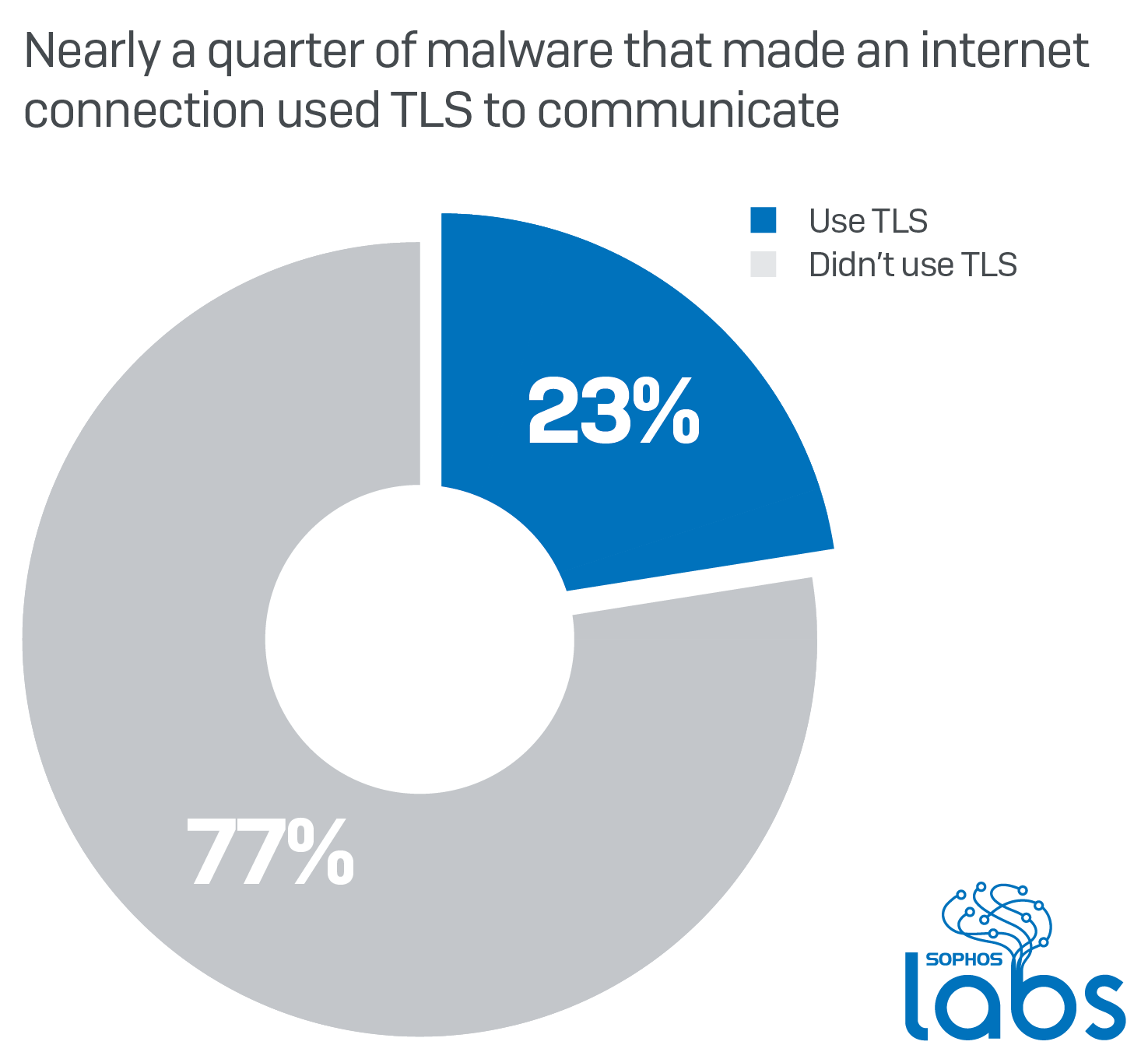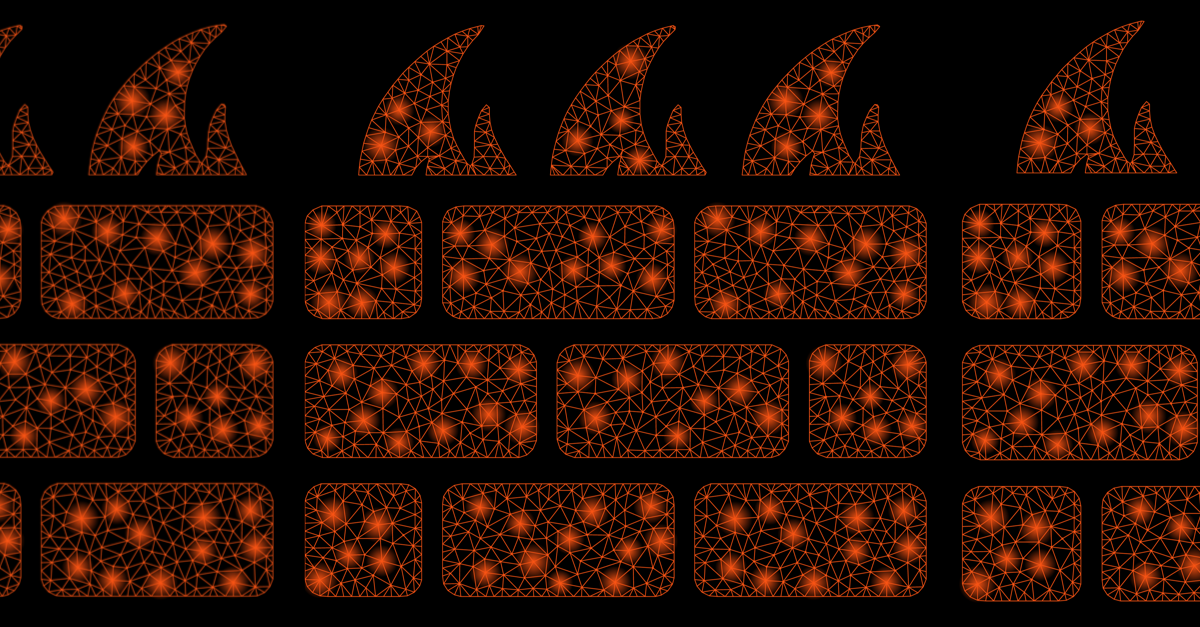Explained: Domain fronting
Domain fronting is a technique to hide the true origin of HTTPS requests by hiding the real domain name encrypted inside a legitimate TLS request.
Read moreDomain fronting is a technique to hide the true origin of HTTPS requests by hiding the real domain name encrypted inside a legitimate TLS request.
Read moreCategories: News Categories: Personal Tags: Free Tags: public Tags: WiFi Tags: HTTPS Tags: TLS Tags: VPN The Internet has changed. A lot. Does that make it safer to use public, free WiFi? |
The post Public and free WiFi: Can I safely use it? appeared first on Malwarebytes Labs.
Read moreCredit to Author: Pieter Arntz| Date: Wed, 15 Jun 2022 15:25:28 +0000
The number and power of DDoS attacks keep growing at an incredible rate year over year. Recently a new HTTPS DDoS attack record was broken.
The post Record breaking HTTPS DDoS attack appeared first on Malwarebytes Labs.
Read moreCredit to Author: Christopher Boyd| Date: Thu, 27 Jan 2022 21:44:42 +0000
 | |
| In one day’s time, Let’s Encrypt will begin revoking a number of mis-issued certificates. Check now if you’re affected Categories: Privacy Tags: certificatesecuritySSLTLSwebsite |
The post Let’s Encrypt to revoke “mis-issued” certificates appeared first on Malwarebytes Labs.
Read more
Credit to Author: John E Dunn| Date: Mon, 24 Feb 2020 11:42:33 +0000
From 1 September 2020, Safari will no longer trust SSL/TLS certificates with more than a year on the clock.<img src=”http://feeds.feedburner.com/~r/nakedsecurity/~4/cpkLvAwmg9A” height=”1″ width=”1″ alt=””/>
Read more
Credit to Author: John E Dunn| Date: Mon, 24 Feb 2020 11:42:33 +0000
From 1 September 2020, Safari will no longer trust SSL/TLS certificates with more than a year on the clock.<img src=”http://feeds.feedburner.com/~r/nakedsecurity/~4/cpkLvAwmg9A” height=”1″ width=”1″ alt=””/>
Read more
Credit to Author: Luca Nagy| Date: Tue, 18 Feb 2020 13:30:07 +0000
Encryption is one of the strongest weapons malware authors can leverage: They can use it to obfuscate their code, to prevent users (in the case of ransomware) from being able to access their files, and for securing their malicious network communication. As websites and apps more widely adopt TLS (Transport Layer Security) and communicate over […]<img src=”http://feeds.feedburner.com/~r/sophos/dgdY/~4/XXvUtjG7XVU” height=”1″ width=”1″ alt=””/>
Read more
Credit to Author: Paul Ducklin| Date: Tue, 18 Feb 2020 13:32:46 +0000
HTTPS web encryption – blessing or curse? A new SophosLabs report looks at how much the crooks love TLS.<img src=”http://feeds.feedburner.com/~r/nakedsecurity/~4/2I1AdG1EeE4″ height=”1″ width=”1″ alt=””/>
Read more
Credit to Author: John E Dunn| Date: Wed, 12 Feb 2020 16:13:57 +0000
From March, the Firefox, Chrome, Safari and Edge browsers will show warnings when users visit websites that only support TLS versions 1.0 or 1.1.<img src=”http://feeds.feedburner.com/~r/nakedsecurity/~4/3oMQ9dp5jKA” height=”1″ width=”1″ alt=””/>
Read more
Credit to Author: Chris McCormack| Date: Fri, 22 Nov 2019 12:09:36 +0000
Encryption is great for privacy, but it’s also creating a vast blind spot where current firewalls are not up to the task of inspecting great volumes of encrypted traffic.<img src=”http://feeds.feedburner.com/~r/sophos/dgdY/~4/PEQT8bzYpxQ” height=”1″ width=”1″ alt=””/>
Read more